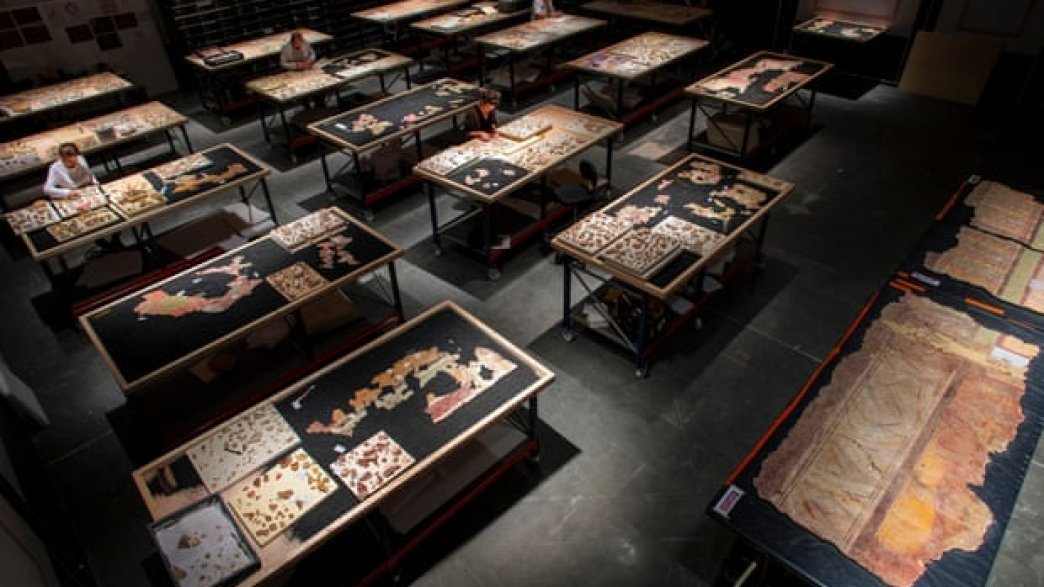Archaeologists have been looking for frescoes for four years in order to put them together later.
In the Provençal city of Arles, France, a team of archaeologists in one of the houses discovered historically valuable wall paintings from the 1st century BC, The Guardian reports.
Since the beginning of excavations, 800 boxes with fragments of wall paintings have been collected there.
This city has the House of the Harper, which was built between 70 and 50 BC by Italian craftsmen. It was built around a central atrium with a large pool to collect rainwater for the household. The building is considered an outstanding monument of ancient architecture and interior decoration.
There, ancient experts opened their workshop to showcase their skills and craftsmanship. They tried to piece together a huge mosaic of magnificent frescoes.
In total, since the beginning of excavations in April 2021, archaeologists have already collected 800 boxes with fragments of wall paintings, some of which were recovered from the excavated walls of the building, and the other part was found in ruins.
According to experts, to collect all the frescoes, which occupy more than 220 square meters, will have to work until at least 2023.
The most interesting thing is that fragments of a mosaic were found there, the size of which was no more than the length of the nail.
However, scientists also collected them, washed them and placed them in boxes, so that later they could see how they fit into the overall picture of the mosaic. In total, the specialists spent 1800 hours to sort out the parts, and this is not the end.
In addition, according to archaeologists, the House of Harpers was deliberately destroyed 20 years after its construction. A new building was built in its place, which has preserved a work of art. After that, three more houses were erected on the same site.
To begin excavating the site of this house, the team used a special camera to explore the basements. This is how they discovered the Harper’s House under the existing building.
The walls of one of the rooms in the villa appear to have been covered with a gallery of large figures, including a harpist and pedestals, and stood out against a bright red background.
Experts say that the decoration and large-scale depictions of figures, called intaglio, were discovered in Italy but are unknown in France.
The variety and exceptional quality of the decor give a unique insight into late Roman decorative styles, especially the wall paintings of the late Pompeii period.
In 2013, the first excavations took place, and more than a meter under the existing building, the Harper’s House was discovered.
For four years, archaeologists have been looking for frescoes and collecting fragments.
Now experts are putting the pieces together to show them in the museum.












